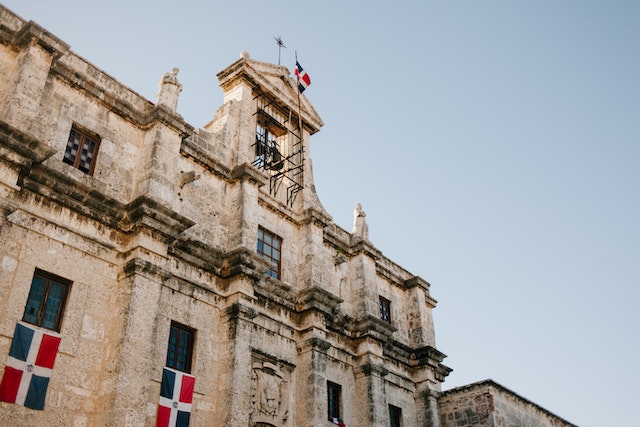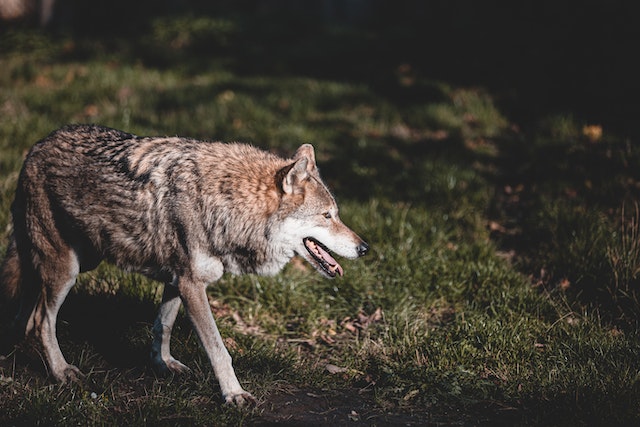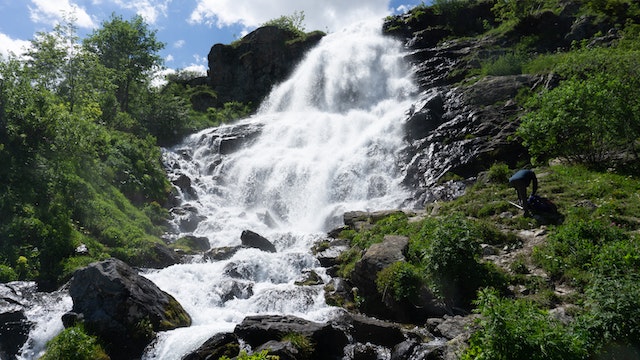Amazing Dominican Republic Facts for Kids 2023
Due to its warmth, friendliness, vibrancy, and abundance of breathtaking vistas, the Dominican Republic is the ideal location for quality time with family and friends. The country is famous for its history, music, handicrafts, rare stones, well-maintained resorts, picture-perfect beaches, and drizzling infrastructure.

For starters, the Dominican Republic is situated on Hispaniola island between the Caribbean Sea and the Atlantic Ocean, gracing tourists with a majestic view of beaches and rivers. It manages to protect its natural elegance because more than half of the land is engaged in agriculture, while forests cover the other half.
Let’s take a closer look at this wonderful place!
14 Fun Dominican Republic facts for kids
Tourists can experience a place that challenges gravity!
Have you ever wondered what it might be like to be devoid of gravity? What if we told you there is a location in the Dominican Republic where you can do so? Polo is a small town in the Dominican Republic that inhabits a hill where you can challenge gravity. When you put your car in neutral gear downhill, it will roll upwards. Still, it’s important to remember that you can experience this thanks to an optical illusion that the road and landscape cause.
There’s a meaning behind its flag.

The Dominican flag constitutes three colors: red, white, and blue. Each color of the flag shows a special meaning. The white cross represents salvation, the red indicates the blood of the soldiers who lost their lives, and the blue is for liberty. In the center of the cross, a coat of arms shielding the flag design with a palm frond on the right and a branch of Laurel bay on the left is present. It was designed by Juan Pablo Duarte and made the national flag in 1844.
The Dominican Republic is home to rare stones and gems.

The Dominican Republic is home to two endemic stones and gems. You will not find Larimar and Dominican Amber anywhere besides here. Dominican Amber, believed to have been formed millions of years ago due to the warm climate, is an exquisite and beautiful amber stone represented by its clearer composition. Larimar is a rare beauty that changes its color from light blue to green-blue to deep blue.
It has the lowest elevation and the highest peaks.

The Dominican Republic boasts the lowest and most significant elevation in the Caribbean. At an altitude of over 3000 meters, Pico Duarte is a buzzing point for tourists to climb and enjoy the magnificent natural view. On the other hand, Lago Enriquillo, the largest lake in the Caribbean, has the lowest elevation at a negative 46 meters.
Its national bird is unique.

The Dominican Republic is home to a unique national bird. The national bird is called a palmchat; it lives in palm trees and eats fruits. The regal palm trees are where they received their name. You see, the palmchat only constructs its nest on palm trees. These birds are happy, friendly, and passionate singers.
It is Heaven for scuba diving lovers.

The Dominican Republic is home to one of the most splendid beaches in the world, with a glorious coastline of 800 miles. With small, beautiful, and harmless fishes, it is a must-visit spot for scuba diving. You will doubtlessly become captivated by the sight of coral reefs and underwater plants with colorful fishes flapping around you.
The Dominican Republic coast is home to whales during the winter.

During winters, around 3000 humpback whales migrate to the Bay of Samaná, the northeastern coast of the Dominican Republic. To calve and breed their newborn babies, they leave the waters of the North Atlantic to move to a warm place. When March comes, they return to their summer home between North America, Greenland, and Iceland.
The oldest city is located here.

It did not end in 1492 because in 1496, Santo Domingo, the capital city of the Dominican Republic, was discovered by Bartholomew Columbus. It is the oldest city in America and hosted the first colonial rule of the Spanish crown. Many firsts happened here; the first Cathedral, the first municipal building, and the first university in the New World were established in Santo Domingo.
It is home to friendly people.
Seeing the people of the Dominican Republic is very heart-warming. Dominicans are extremely friendly and welcoming, not leaving a chance to give you top-notch hospitality services. Roman Catholics make up the vast bulk of the local population. Despite their linguistic and cultural divides, they coexist as a single, loving family.
A place for diverse bird species

The Dominican Republic is a humble accommodation for hundreds of migratory birds and approximately 30 indigenous species. One will find a variety of birds residing here, like cuckoos, doves, pigeons, parrots, flamingoes, ducks, hummingbirds, geese, etc. There are also rare birds such as La Selle Thrush, Bicknell’s Thrush, and Hispaniolan Pewee.
There are dangerous animals in the Dominican Republic.

As much as the beauty and stunning views this place promises, it is not far behind in having dangerous animals. Although some of these animals do not pose life-threatening harm, what they do achieve is cause pain that lasts for hours or days. Such animals are rattlesnakes, Thorn Stripe, Lionfish, Pufferfish, False Jellyfish, Black Widow Spider, and many more.
It is home to a group of 27 waterfalls.

Yes, you read that right! The Dominican Republic has a breathtaking spot for water adventure lovers. The twenty-seven waterfalls of Damajagua are a perfect place for you to go with your family and kids. Apart from waterfalls, there are rivers and hills. You climb your way up and come down through caves and water slides! It is said that the Dominican Republic was a hideout place for pirates many years ago, and they used caves as their headquarters.
The Dominican Republic has a high literacy rate.
As the 86th most populous country, the Dominican Republic has about 11 million residents. It is dominated by mixed African and European ethnicity, with Spanish being the widely spoken language. The nation has established a high benchmark with a literacy rate of 93.8%. To raise the country’s education quality, the government mandated primary and secondary education for all pupils in the 1970s. The government opened vocational schools nearby to help the residents of rural areas. Additionally, it has a 72-year average life expectancy.
It has many educational reforms and education facilities.

Education is split into three stages in the country: preschool, primary, and secondary school. It is mandatory to attend a primary school that lasts for six years. Similarly, secondary school is also compulsory. However, there are two systems in secondary education. The first consists of six years divided into a two-year intermediate cycle and a second cycle of four-year. After the first two years are over, students receive a certificate. Academic, vocational, and technical training are all included in the second cycle. Students must select the major they want to specialize in during their final year. They receive the title of Perito after completing their courses.
Conclusion
In this article, we walked you through a list of interesting facts about the Dominican Republic. This beautiful country is more than just a fabulous place to go on vacation – it is diverse, full of culture and different kinds of food, and is also home to a wonderful group of people.
Visit our website to read many jaw-dropping and fascinating facts about various things like animals, birds, a specific place, subject, or issue; we cover everything and regularly update them for keen readers like you.
